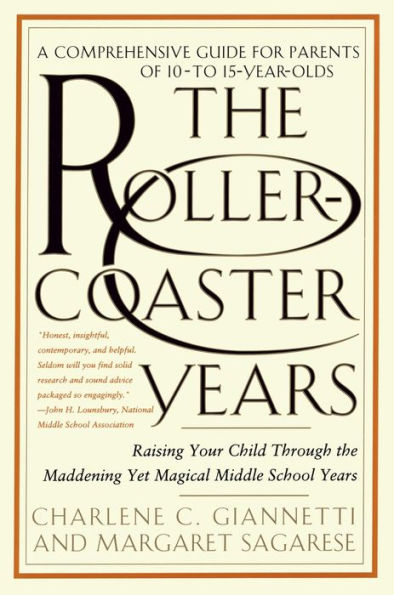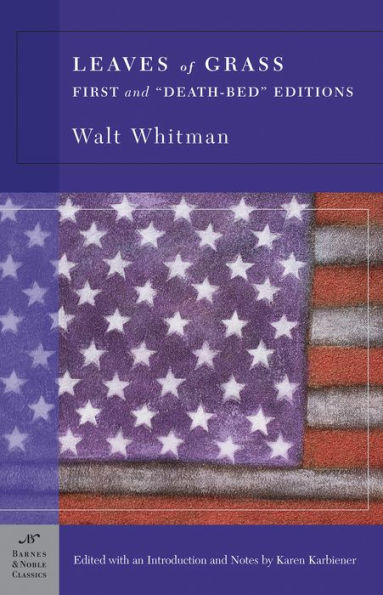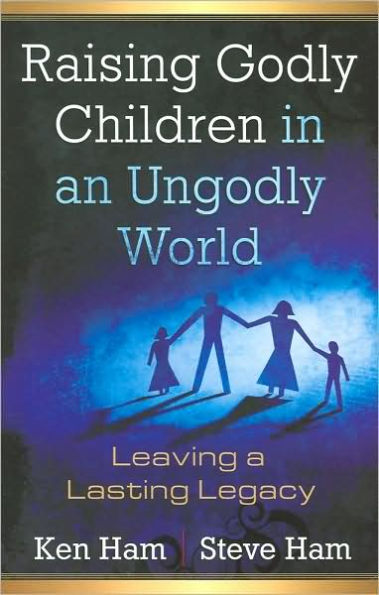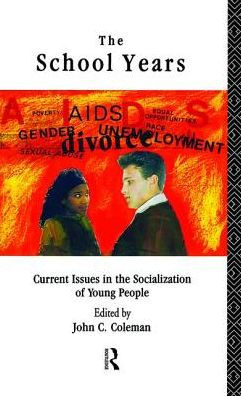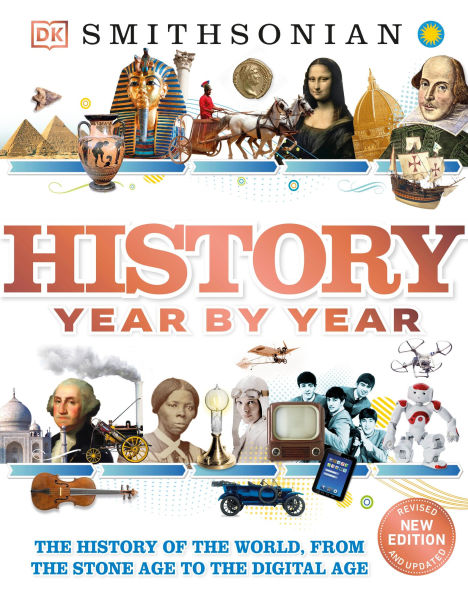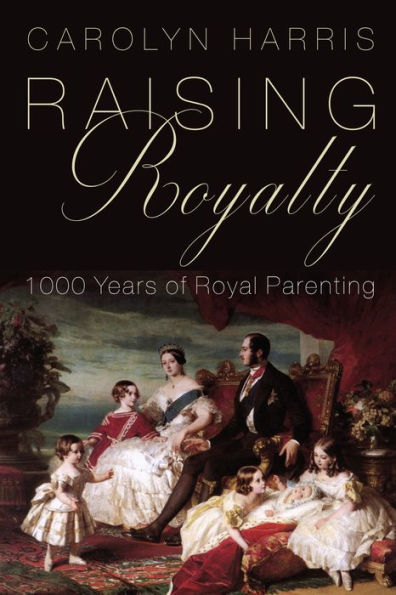Home
the Extra Year: Raising of School Leaving Age
Barnes and Noble
the Extra Year: Raising of School Leaving Age
Current price: $115.00
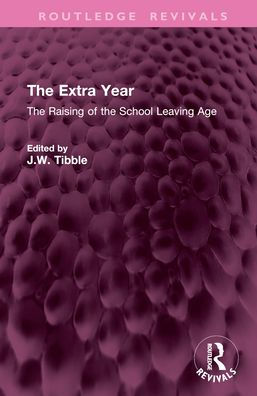

Barnes and Noble
the Extra Year: Raising of School Leaving Age
Current price: $115.00
Size: Hardcover
Loading Inventory...
*Product information may vary - to confirm product availability, pricing, shipping and return information please contact Barnes and Noble
First Published in 1970,
The Extra Year
discusses the raising of the school leaving age, a crucial event in British education. It is also highly controversial: its repercussions affected teachers, educationists, parents and employers as well as pupils themselves. Each of the contributors to this book examines one aspect of its implications. After a general introduction by Professor Tibble, Malcolm Seaborn looks at the historical background of the decision to raise the school leaving age and Professor Eggleston considers some of its sociological aspects. Professor Tibble then examines the ways in which the situation will affect pupils and their teachers, John Sheehan discusses some economic factors and Tyrrell Burgess looks at the implications for further education. The headmaster’s point of view is given by Albert Rowe and probable changes in the school curriculum are analyzed by Dennis Lawton. A final chapter by Professor McAulay discusses American experience. This is an important historical reference work for students and scholars of education.
The Extra Year
discusses the raising of the school leaving age, a crucial event in British education. It is also highly controversial: its repercussions affected teachers, educationists, parents and employers as well as pupils themselves. Each of the contributors to this book examines one aspect of its implications. After a general introduction by Professor Tibble, Malcolm Seaborn looks at the historical background of the decision to raise the school leaving age and Professor Eggleston considers some of its sociological aspects. Professor Tibble then examines the ways in which the situation will affect pupils and their teachers, John Sheehan discusses some economic factors and Tyrrell Burgess looks at the implications for further education. The headmaster’s point of view is given by Albert Rowe and probable changes in the school curriculum are analyzed by Dennis Lawton. A final chapter by Professor McAulay discusses American experience. This is an important historical reference work for students and scholars of education.


